Meet and Greet: Testing RTI in Switzerland
So last week I made a trip to the University of Basel in Switzerland testing RTI. As part of a trilateral project called “Meet and Greet” I have a position for scanning various objects with a 3D scanner and our RTI domes. In Basel, I was a guest at the “Integrative Prehistoric and Natural Science Archaeology” (short: IPNA), where I spent 11 hours of scanning, talking and presenting. It was awesome!
What did I do?
So I was there with two RTI domes, which I had to bring by car. The bigger one weights 55kg and the smaller one 35kg, not exactly suited for a train ride. My goal was to scan a variety of objects to find out which object categories are interesting for scanning with RTI. Mostly, I scanned casts of archaeological profiles to see if RTI scans can help the researchers in a way not possible before. I also scanned bone artefacts and different kinds of stones.
In total, I made 41 scans and produced nearly 2.500 photos. I am still in the process of processing them, but some of the results already look promising. It was an intense day starting at 8:00 in the morning and ending at 19:00 in the evening. I was very thankful that my Swiss colleagues were very considerate, offering me coffee breaks, drinks and invited me to a pizza during lunch.

I also presented
The pizza came late though, because I participated in something that was very new to me. In Basel they call it a “Mittags-Hock”, which translates to “Lunch-Squat”? Well here it is: as I was a guest and a specialist, they asked me to give a short presentation about the technology I was using. In this institute however, they have the tradition of the “Mittags-Hock”, where one person presents while everyone else eats their lunch. It was lovely!
Naturally, I couldn’t eat as well, but my presentation went great and there were many questions. After the session, I was invited to a pizza, which was very nice. The concept of “Mittags-Hock” seemed strange at first, but I actually like it, as the whole institute comes together and gets informed. This can be done by a guest like me, but this can also be done by other members of the institute. This way, everyone stays informed on what is going on where, which is a really nice idea.

What to expect from the scans
I am currently in the process of processing the photos into RTI images. It takes a while for nearly 2.500 images, but the process is getting much easier with the new Relight software from the Visual Computing Lab of the University of Pisa. The software is still not finished, but much faster and capable of processing larger image files than the RTIBuilder did before. So I am really glad that people are working on newer and faster software for this.
Finally, I want to thank the whole institute in Basel for their hospitality. It is always exciting to go to a new place and meet new people. It is especially exciting when these people welcome you in the way they did. The city itself is also worth a visit, but it is expensive. Nevertheless, I will probably return with more time at some point.







